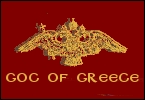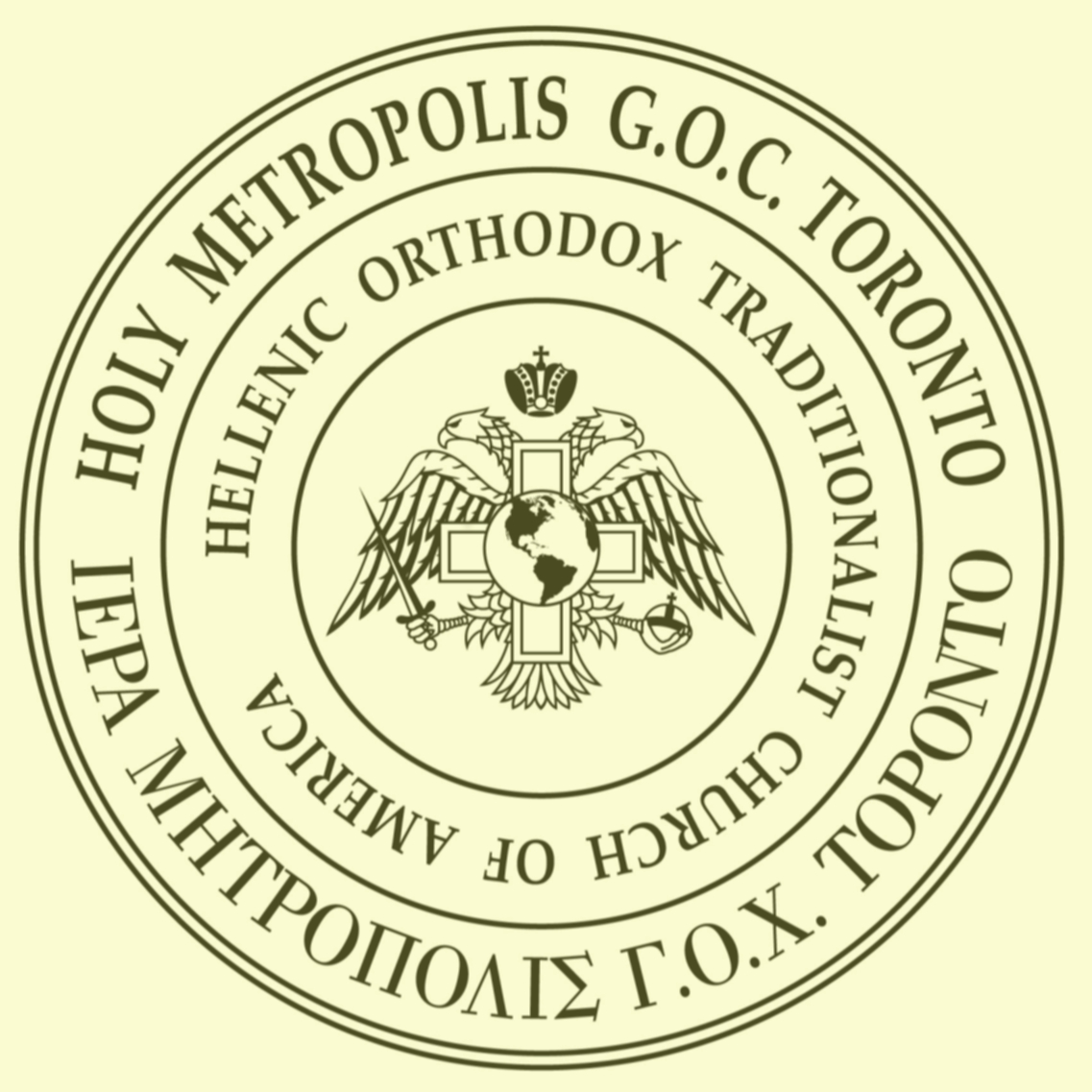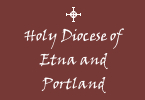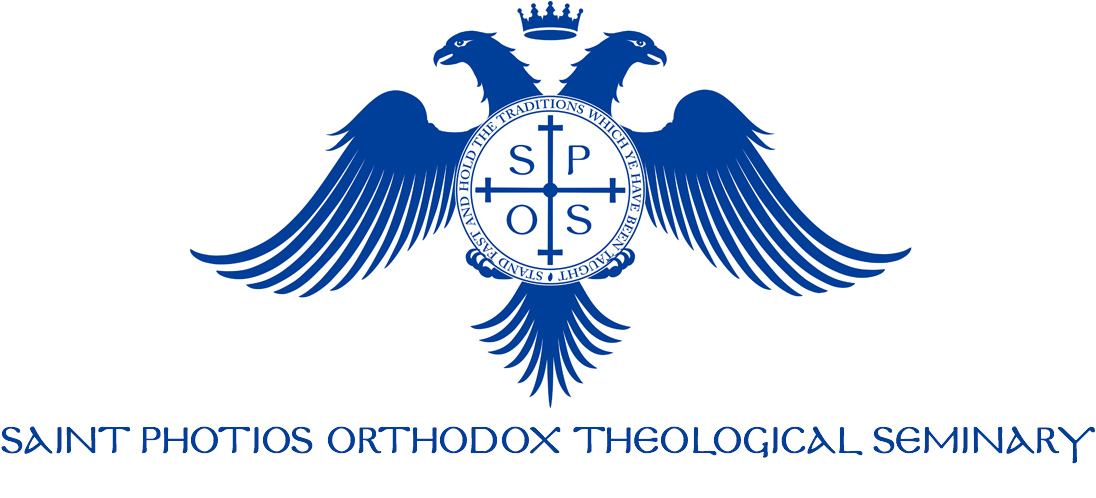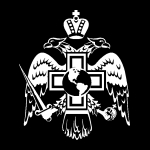A Word from Saint Gregory Palamas Regarding Names & Energies
- Details
- Created on Saturday, 08 March 2014 23:53
The much-condemned early 20th century heresy of Name Worship [1] has recently snagged new partisans from among the ranks of the Synod of the Holy Orthodox Church in North America (HOCNA). [2] Despite the significance of the fact that among the most fervent apostles of this latter day heresy were Father Pavel Florensky and Father Sergei Bulgakov (both of whose sophiological speculations were to be condemned as heresy, and whose support for Name Worship certainly should have raised warning flags) HOCNA’s recent converts to Name Worship heedlessly forge ahead nonetheless. [3]
Some current advocates of the Name Worship heresy have cited Saint Gregory Palamas as a witness in favor of the “theology” underlying Name Worship. [4] But it turns out that Saint Gregory Palamas’ actual view of the theological significance of names is on record in his Collected Writings, and his stated view cannot by any stretch of the imagination be tortured into offering any support for the Name Worship heresy. We offer this quote for any who remain perplexed by the recent dredging-up of the heresy of Name Worship, who may find Saint Gregory’s clear statement helpful:
Gregoras [5] formulated the insane doctrine that the names are the divine energies. [6]
Far from being a compelling patristic voice in favor of Name Worship, Saint Gregory Palamas in fact demolishes the foundation of the Name Worship heresy. And this in turn raises a disturbing question regarding the Name Worship heresy’s current advocates: the question of their ethical standards. [7]
Are they, in their search for a theological vindication of the Name Worship heresy, willing to engage in the dubious ethics of The End Justifies the Means – coupled with the ethically cynical, and theologically self-contradictory view that It’s all right to lie – if lying serves one’s agenda? After all, the citing of Saint Gregory Palamas as a witness in favor of the heresy of Name Worship – when Saint Gregory’s stated view in fact negates the heresy of Name Worship at its very foundation – can hardly be viewed as having any place in honest discussion.
Which school of spiritual life is it that has ever, anywhere, endorsed such a thing? Which Father of the Church is it who has ever advocated such unworthy behavior?
One is left with the disturbing thought that the partisans of the heresy of Name Worship are far more indebted to the gospel of Macchiaveli than they are to the Gospel of Jesus Christ!
After all, how can the God Who is Truth ever be served by any lie? Anyone?
And on this very question, it is Saint Gregory Palamas himself who, again, offers a clear, cogent and compelling word:
For those who belong to the Church of Christ belong to the Truth, and those who do not belong to the Truth do not belong to the Church of Christ either [ . . . ] Christianity is characterized not by persons, but by the truth and by exactness in Faith. [8]
No further comment is needed.
+ Bishop Sergios of Portland [9]
Footnotes
[1] Name Worship was condemned by the then-Orthodox Ecumenical Patriarchate under Patriarch Joachim III of Constantinople in 1912; his successor Patriarch Germanos V condemned it again in 1913 (Charter No. 758 addressed to Mount Athos, Feb. 15.) The Russian Holy Synod condemned it in 1913 on the basis of a review of Name Worship led by Metropolitan Antonii (Khrapovitsky) (see Synodal Letter of May 18 and Decree of August 27, No. 7644). It was condemned again by the Russian Synod in 1918 in a decree signed by the Holy Confessing Patriarch Tikhon of Moscow (+1925) and his Synod. Note that Metropolitan Antonii (Khrapovitsky’s) conclusions were supported by St Barsanuphios of Optina Monastery and by the monks of Glinsk Hermitage. See the well-documented essay on Name Worship in Orthodox England here. Also see the excellent summary of the Name Worship heresy here
[2] For an analysis of HOCNA’s role in the resuscitation of Name Worship, click here.
[3] For a brilliant analysis of (among other things) sophiology and name worship see The Idea of Energy in the Moscow School of Christian Neoplatonism, here. by the remarkable contemporary Russian writer, Sergey Horujy.
[4] The best evaluation known to this writer of this claim regarding Saint Gregory Palamas is the essay Smokescreens for Heresy, by Hieromonk Maximos (Marretta) of Ascension Monastery, Bearsville, New York, which can be found here.
[5] Gregoras was one of the main Greek opponents of Saint Gregory Palamas during that Saint’s brilliant defense of Orthodoxy in the face of a major assault carried out primarily by Barlaam the Calabrian. For a recent discussion of Saint Gregory Palamas’ work, with references to his opponents, see chapter 3, Hesychasm and Deification by Grace Through Union with Christ, in God Made Man and Man Made God, by Archbishop Chrysostomos of Etna, Institute for Byzantine and Modern Greek Studies, 2010. Gregoras is discussed at pp. 79, 95, 101-104, and 127.
[6] Ὁ δὲ Γρηγορᾶς νομιίσας τοῦτον φάναι κατά χρόνον προϋφεστηκέναι τὴν θείαν φύσιν τῶν ενεργειῶν, τὰ ὀνόματα εἶναι τὰς θείας ὲνεργείας φρενοβλαβῶς ἐδογμάτισεν. Saint Gregory Palamas, Discourses II, 28: 5-6, in Collected Works [Συγγραμματα], volume 4, page 286, ed. by P. Chrestou, Thessaloniki, 1988. We thank His Grace, Bishop Demetrios of Boston (now, Metropolitan-Elect of New York and President-Elect of the North American Eparchial Synod of the GOC), for sending us this reference (found by Hieromonk Haralampos of Ascension Monastery in Bearsville, New York).
[7] See also the reference cited above at footnote 4.
[8] Καὶ γὰρ οἱ τῆς τοῦ Χριστοῦ ἐκκλησίας τῆς ἀληθείας εἰσί· καὶ οἱ μὴ τῆς ἀληθείας ὄντες οὐδὲ τῆς τοῦ Χριστοῦ ἐκκλησίας εἰσί . . . μηδὲ γὰρ προσώποις τὸν χριστιανισμόν, ἀλλ᾽ ἀληθείᾳ καὶ ἀκριβείᾳ πίστεως χαρακτηρίζεσθαι μεμυήμεθα. “Refutation of the Letter of Patriarch Ignatios of Antioch”, in Γρηγορίου τοῦ Παλαμά, Ἂπαντα τὰ Ἔργα 3, Πατερικαι Εκδοσεις Γρηγόριος ὁ Παλαμάς, Thessaloniki, 1983, Section 3: 5 - 11, p. 608.
[9] This writer is grateful for a number of suggestions that have improved the text of this essay, among them His Eminence, Metropolitan Demetrios of New York, Primate of the GOC in North America; His Eminence, Metropolitan Moses of Toronto, Reverend Fathers Haralampos (via Metropolitan Demetrios), Maximos, and Ignatios - all members of the Brotherhood of Ascension Monastery in New York State. The author reserves exclusive responsibility for errors to himself.
Orthodox Awareness
(Ψευδο) Προφητείας Παϊσίου το ανάγνωσμα...
Εις την εφημερίδα «Ελεύθερην Ώραν» της 6-8-2009 (ν.η.) ανγράφεται το ακόλουθον δημοσίευμα υπό τίτλον «Ο Γράψας, ο Παϊσιος και η Προφητεία!»:
«Για τον στρατηγό Δ. Γράψα υπήρχε άλλη Προφητεία. Την φοβήθηκαν.
Από καιρό κυκλοφορεί η προφητεία του γέροντα Παΐσιου… Βέβαια, άλλο προφητεία, άλλο πραγματικότητα… Αλλά, κάπου υπάρχει μία άκρη! Read more...
Missions
Saint Matthew the Evangelist, Jonesboro, Arkansas
Jonesboro is a town located near the Eastern border of Arkansas, with a population of approximately 60,000. From a human standpoint, it’s not the most likely candidate for a traditional Orthodox mission, but for an Orthodox Christian who orders his priorities around Christ and His Church, it makes perfect sense. Read more...
Youth
2025 Youth Conference
Please join us for the 2025 youth conference in Toronto, Ontario, Canada! To learn more, visit the conference website.
Ask A Priest
Is the GOC Insular?
Q. In considering becoming part of the GOC in America, I am getting warnings from various circles that the attitude of GOC people is that of being “walled off,” “arrogant,” “judgmental,” and “in your face” toward those not in the Genuine Orthodox Church, with accusations such as “World Orthodox” priests are “not even Christians” and the like. Could you give me your personal, realistic assessment of this dynamic and possibly refer me to an official statement on how GOC members should and do relate to and communicate with those in “World Orthodoxy”? Read more...

